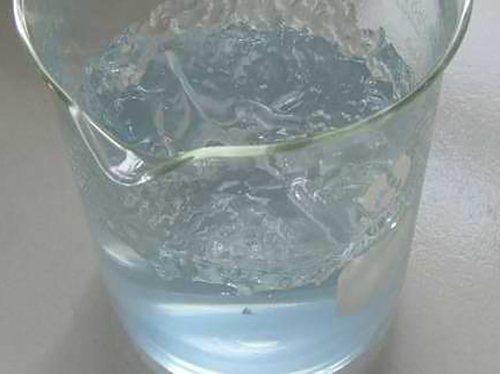Flocculation Techniques in Water Treatment for Enhanced Purification Efficiency
Flocculation in Water Purification A Vital Process for Clean Water
Water is essential to life, and ensuring its purity is critical for health and environmental sustainability. Among various water treatment methods, flocculation plays a pivotal role in the purification process, making it an essential topic in water management. This article delves into the principles of flocculation, its significance, and its application in water purification.
Flocculation is a physical and chemical process that involves the agglomeration of suspended particles in water. It is primarily used to remove impurities, including sediments, organic matter, and microorganisms. The process typically follows coagulation, where coagulants are added to the water to neutralize the charges of suspended particles, promoting their aggregation. Once coagulation has occurred, flocculation gently mixes the water to allow these larger particles, known as flocs, to form and eventually settle out.
The mechanism of flocculation begins with the addition of chemical agents, known as flocculants. Common flocculants include aluminum sulfate (alum), ferric chloride, and polyacrylamide. These chemicals work by destabilizing the colloidal particles, allowing them to collide and aggregate into larger clusters. The success of flocculation depends on various factors, including the type and dosage of flocculant used, the pH level of the water, and the mixing conditions. Optimizing these parameters is crucial to achieving effective floc formation.
One of the key benefits of flocculation in water purification is its ability to significantly reduce turbidity, which is caused by suspended solids in the water. High turbidity levels can obstruct light penetration and foster the growth of harmful microorganisms. By effectively removing these particles, flocculation helps improve water clarity and reduces the risk of waterborne diseases, thus safeguarding public health.
flocculation in water purification

In addition to improving water clarity, flocculation also plays a crucial role in facilitating the removal of dissolved contaminants. For instance, it can effectively assist in the aggregation of pathogens, heavy metals, and organic pollutants, thus enhancing the overall efficacy of the water treatment process. When combined with other treatment methods such as sedimentation and filtration, flocculation can lead to significantly cleaner and safer water.
The application of flocculation extends beyond municipal water treatment plants. It is also widely used in industrial processes, wastewater treatment, and even in the treatment of stormwater runoff. In industrial settings, flocculation can help in recovering valuable resources, such as metals, from wastewater, making the process not only environmentally friendly but also economically viable.
Moreover, advancements in technology have led to the development of more efficient and sustainable flocculants, including bio-based alternatives. These developments aim to address the environmental concerns associated with conventional chemical coagulants, such as their potential toxicity and impact on aquatic ecosystems. By exploring natural polymers and biodegradable flocculants, researchers are paving the way for greener water treatment solutions.
In conclusion, flocculation is an indispensable process in water purification, contributing significantly to enhancing water quality and safeguarding public health. Its ability to effectively remove suspended particles and dissolved contaminants makes it an essential component of modern water treatment systems. As we continue to face global water challenges, innovations in flocculation technology will undoubtedly play a crucial role in our efforts to ensure access to clean and safe water for all. Investing in research and development in this area is, therefore, imperative for a sustainable and healthy future.
-
Water Treatment with Flocculant Water TreatmentNewsJun.12,2025
-
Polymaleic AnhydrideNewsJun.12,2025
-
Polyaspartic AcidNewsJun.12,2025
-
Enhance Industrial Processes with IsothiazolinonesNewsJun.12,2025
-
Enhance Industrial Processes with PBTCA SolutionsNewsJun.12,2025
-
Dodecyldimethylbenzylammonium Chloride SolutionsNewsJun.12,2025





